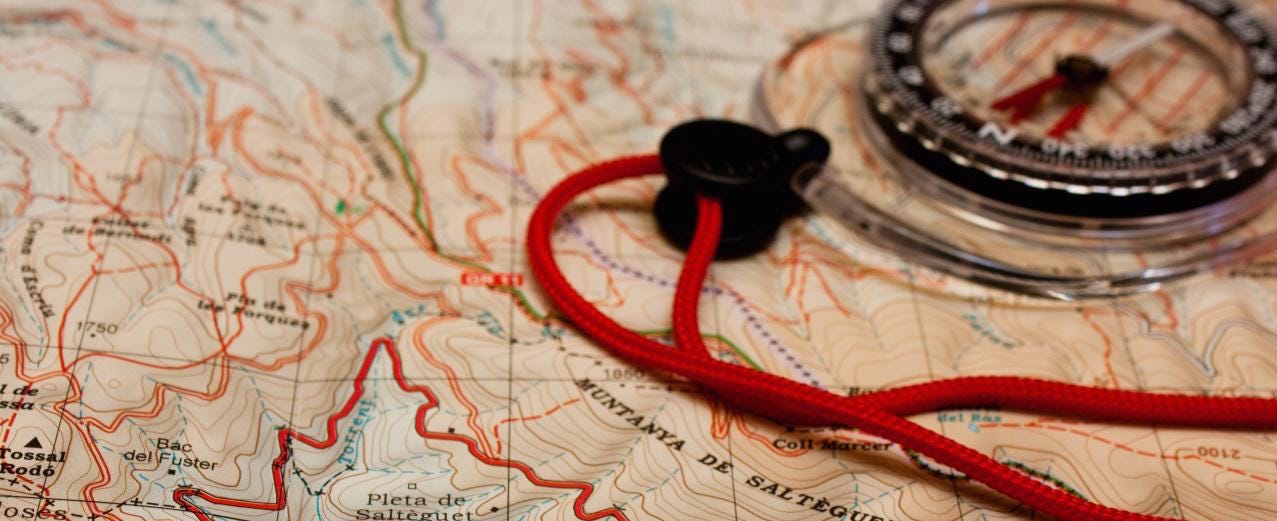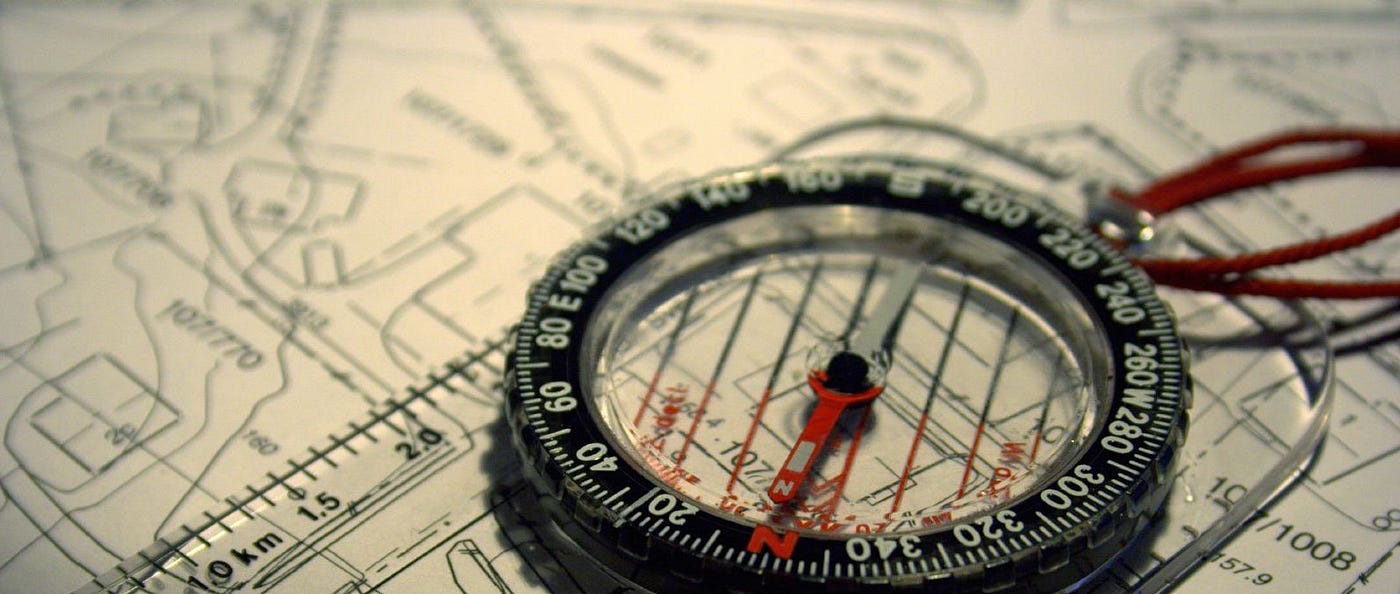September 21, 2015
How to Navigate the Future of News
By Josh Stearns and Molly de Aguiar
Our work on journalism and sustainability at the Geraldine R. Dodge Foundation is rooted in the idea that there is no one model for local news. We believe that creating more sustainable local news is going to demand that we reimagine journalism as a service to communities. Doing so requires that journalists listen and respond to the strengths and challenges of their unique places when they define their coverage and develop their business models.
None of that is to say that there aren’t important lessons to be learned from the experiments and experiences of local publishers around the country. But there is a difference between trying to spread ideas and trying to replicate models. If we want to build stronger local journalism from the ground up we can’t impose models — even those that work elsewhere — from the top down.
If we want to build stronger local journalism from the ground up we can’t impose models from the top down.
Instead we are constantly on the look out for “replicable knowledge” — proven or promising ideas that can be adapted to the local context. It is not enough, however, to simply hand someone a toolkit and walk away. Adapting innovative lessons from other sectors and communities takes time and a willingness to test and revise.

Photo by Dani Armengol Garreta, used via creative commons
Compasses not Roadmaps
In this way, we’ve tried to focus on giving local journalists a compass, not a roadmap. The compass/roadmap metaphor comes from Joi Ito, the director of the MIT Media Lab, who wrote:
“The idea is that in a world of massive complexity, speed, and diversity, the cost of mapping and planning details often exceeds the cost of just doing something–and the maps are often wrong.”
Furthermore, maps can be deceptively easy — and Ito would say forward isn’t always the direction we need to go.
When we began this work, we expected to be making maps — toolkits of best practices and models for newsroom sustainability — but we realized quickly that what we needed to be doing was giving people a compass. But, learning to use a compass takes time. Discussing a trip to Detroit Ito writes, “Before we innovated on anything, we needed to listen and build trust. We realized immediately that to do that we had to think long term and in a sustainable way, while working closely with the people on the ground.”
Another benefit of the compass/roadmap metaphor is that compasses are a reminder that we need to check our assumptions, or “ground truth” our work constantly. Writer Terry Tempest Williams describes ground truthing as, “The use of a ground survey to confirm findings of aerial image or to calibrate quantitative aerial observations; validation and verification techniques used on the ground to support maps; walking the ground to see for oneself if what has been told is true; near-surface discoveries.” For those of us working in journalism, it is not the contours of the land that we need to ground truth, but the contours of our communities whom we seek to serve.

Photo by Marcus Ramberg, used via creative commons
Navigating Together
This work requires training, time, and often a cultural shift towards exploration and adventure. The reality in most newsrooms means that those things are often in short supply.
We’ve tried to address some of those challenges by giving local newsroom experimentation grants and access to ongoing coaching to help them find their way. We’ve also supported the NJ News Commons at the Center for Collaborative Media at Montclair State University to help create new networks and collaborations around training and innovation. And we’ve funded in-depth research into community information needs and user feedback for local sites. Finally, we’ve also begun looking at how we can introduce creative sparks and inspiration into the ecosystem to celebrate the good work happening at the local level and giving people a vision of where they can go from here.
We are not only funding campuses to help support local journalism, we are also learning from them. Places like the new Journalism+Design program at the New School, the Cronkite School at Arizona State University, the Social Journalism master’s degree at the CUNY School of Journalism and the Reese News Lab at UNC are pioneering innovative approaches to preparing students for a future that can’t be predicted. Heather Chaplin, the director of the New School’s Journalism+Design program, recently said, “I’m not so much interested in specific skills as dispositions. Are we helping people be able to learn really fast, so when things do change they can move with it without completely freaking out?” While these new journalism programs equips the next generation of journalists with compasses, we need to do the same for newsrooms.

Photo by Ian Kelsall, used via creative commons
Journalism on a Human Scale
Patch was in many ways a roadmap approach to local news. It charted one way forward, giving others a clear path to follow. Roadmaps allow people to duplicate their movements, and are therefore good for people who are trying to scale their work. But as Patch itself proved, local news doesn’t scale well.
Writing about the dangers of seeking scale, Laurenellen McCann, who works on developing community driven civic technology projects, wrote recently:
“I think the answer has less to do with factory distribution of The Same Thing Everywhere At The Same Time and a lot more to do with what I call ‘patterns’ … basically, learnings and practices that communities can teach and share with each other and adapt to fit their lives and context best. Scale, here, becomes a measure of proliferation that looks at depth, symbiosis, and relevance rather than a measure of proliferation based on speed and quantity.”
This model of scale emphasizes relevancy and relationships over repetition and return on investment. Instead of asking how fast you can grow and how big you can get, this version of scale asks what’s the right size to maintain the relationships that make you strong and resilient.
If our tool is a compass, then community is our due north, our guiding star.
Regardless of the unpredictable future of journalism and technology, our communities will always be there. Which isn’t to say community itself is ever a static thing. Our communities will change too, their habits, their concerns, their dreams. But, in the end our work should be for them, and as such, we can listen to them, design for them, and work with them. And if we do that right, they will help us navigate these shifting landscapes and discover new paths forward we never would have imagined.













